In the mid-seventies I saw an illustration in a magazine that featured outlines and two or three pure hues. I had been emulating Matisse for a while and that simple painting suggested my next step. I began painting large bold outlines in burnt umber darkened with black, then filling in the shapes with nearly pure hue. I was exploring.
| There are many discussions of how to break up the color wheel to achieve balance in a painting so I don’t need to belabor that here, but there is one important difference between Ostwald’s color wheel and everyone else’s. Ostwald stretches out the green arc to the point that green is treated like a fourth primary. The four “fundamental” colors are red, blue, yellow and sea green. Blue and yellow are complementaries, as are red and sea green. |
| We all learn early in school that mixing blue and yellow gives green. But when blue and yellow are spun together, the result is gray, and since no clarification appears in the Primer, I offer one here. The pigment, or subtractive primaries are blue, red and yellow; or, more professionally, cyan, magenta and yellow. These behave as we were taught in school. The light, or addition primaries are red, green and blue. A pigment mixture of all three subtractive primaries in the appropriate ratio is a very dark gray. A mixture of light beams of all three light primaries is white. |
| The upshot is that, since red and green add to make yellow, an additive mixture of blue and yellow is actually a mixture of red, green and blue, with the potential of producing a neutral gray. Perhaps because of reluctance to demote yellow as a primary, Ostwald combines both sets of primaries, and winds up with four. It seems reasonable to consider an additive combination from Ostwald’s wheel for a painting’s color balance. A composition of red, blue and green might feel quite right, such as a red barn, green trees and blue sky. Of course that employs just the simplest triad. (See In Burnham Park above.) I am suggesting practice with divisions of Ostwald’s wheel for an experimental possibility. The Color Primer is a pretty good guide for building your own circle. The paintings I have presented in this post were, in fact, such experiments. |
But first I am going to get even more technical about balance.
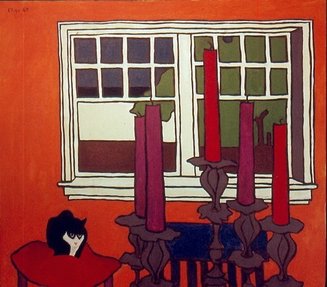
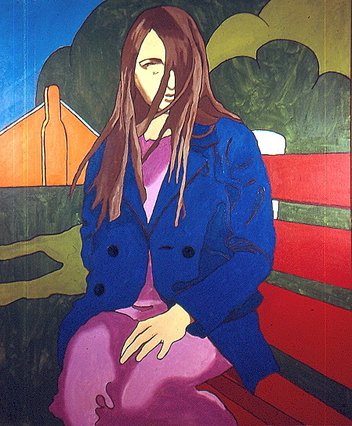
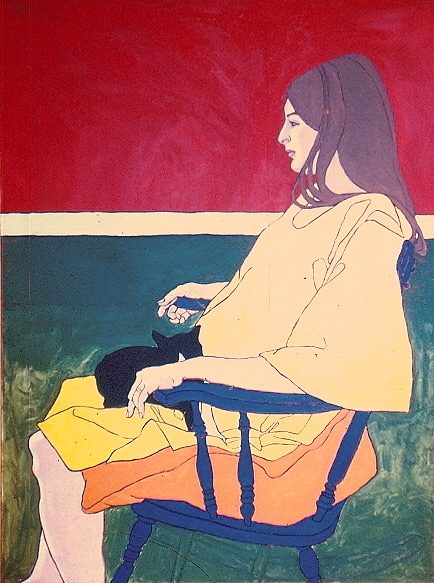
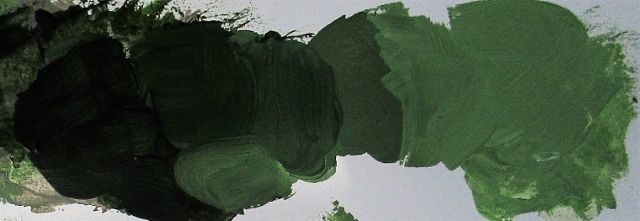
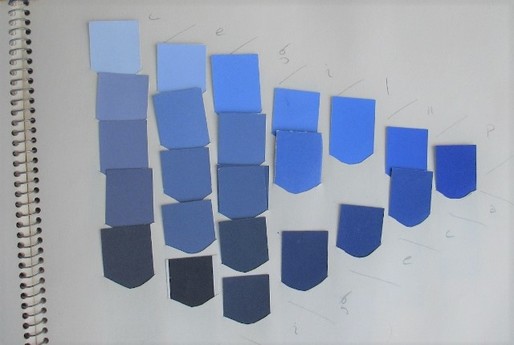
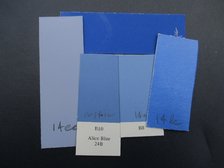
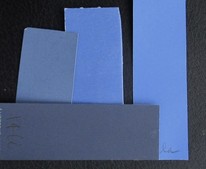
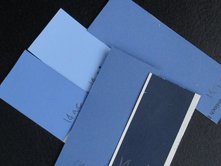
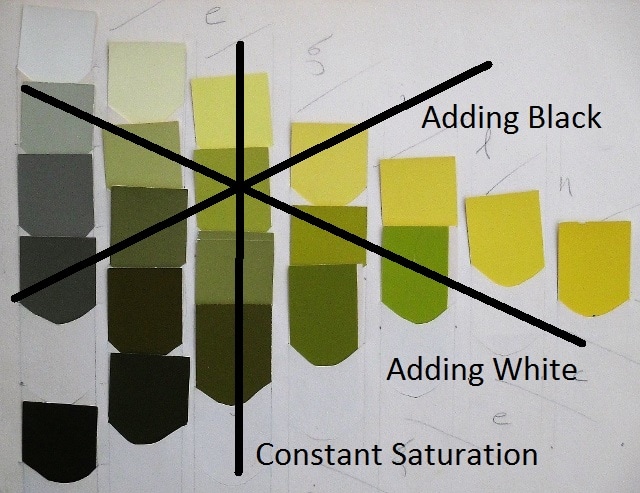
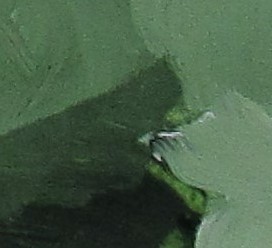
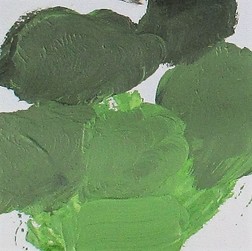

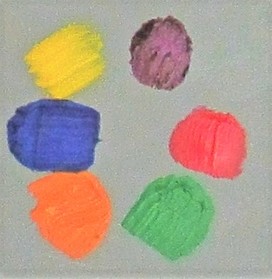
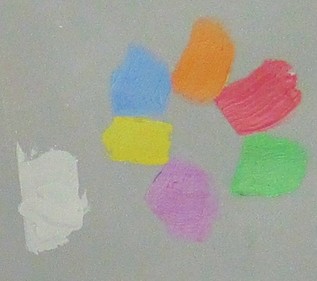
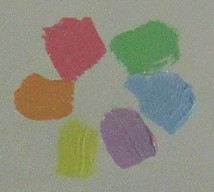
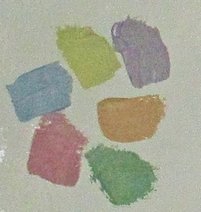
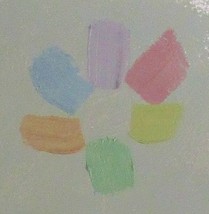
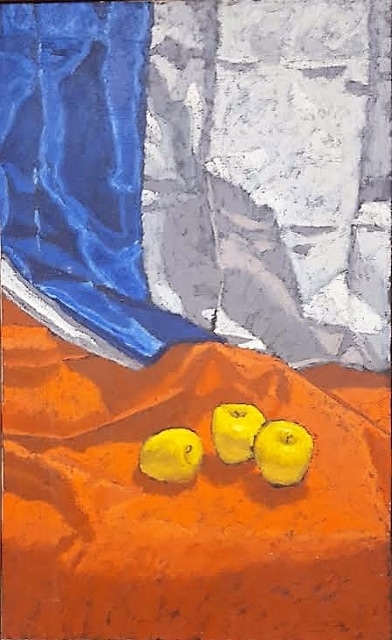
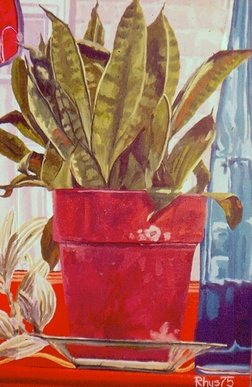
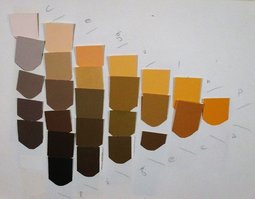
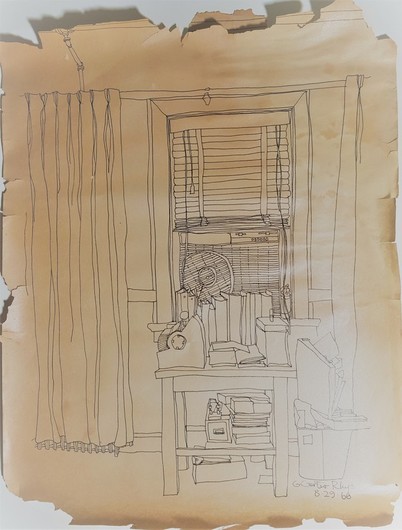
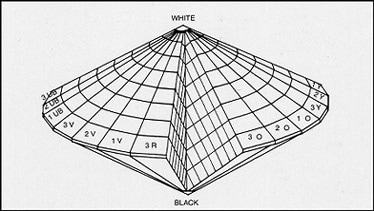
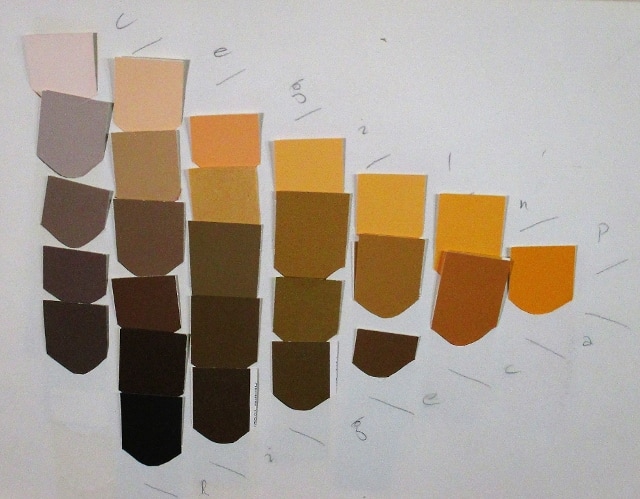
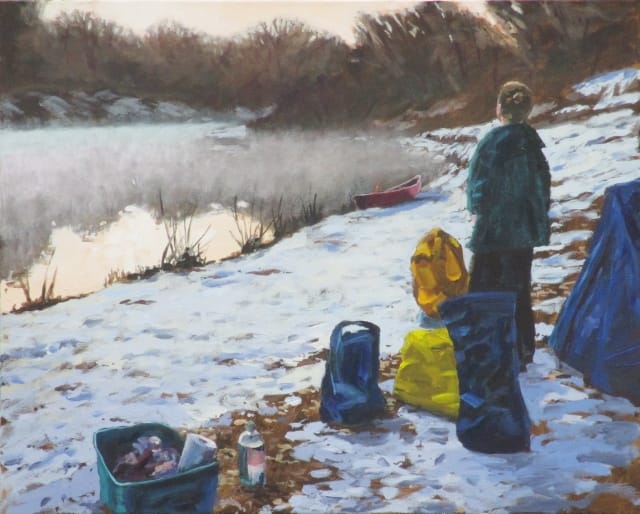
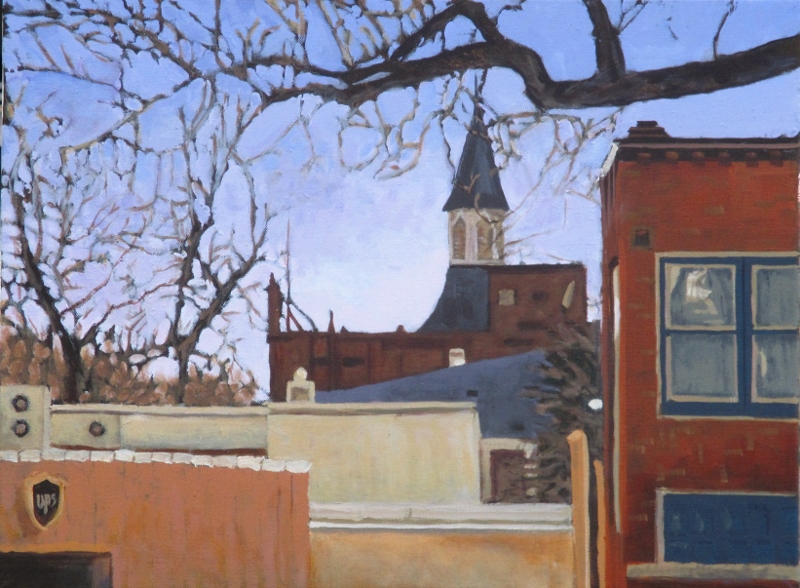
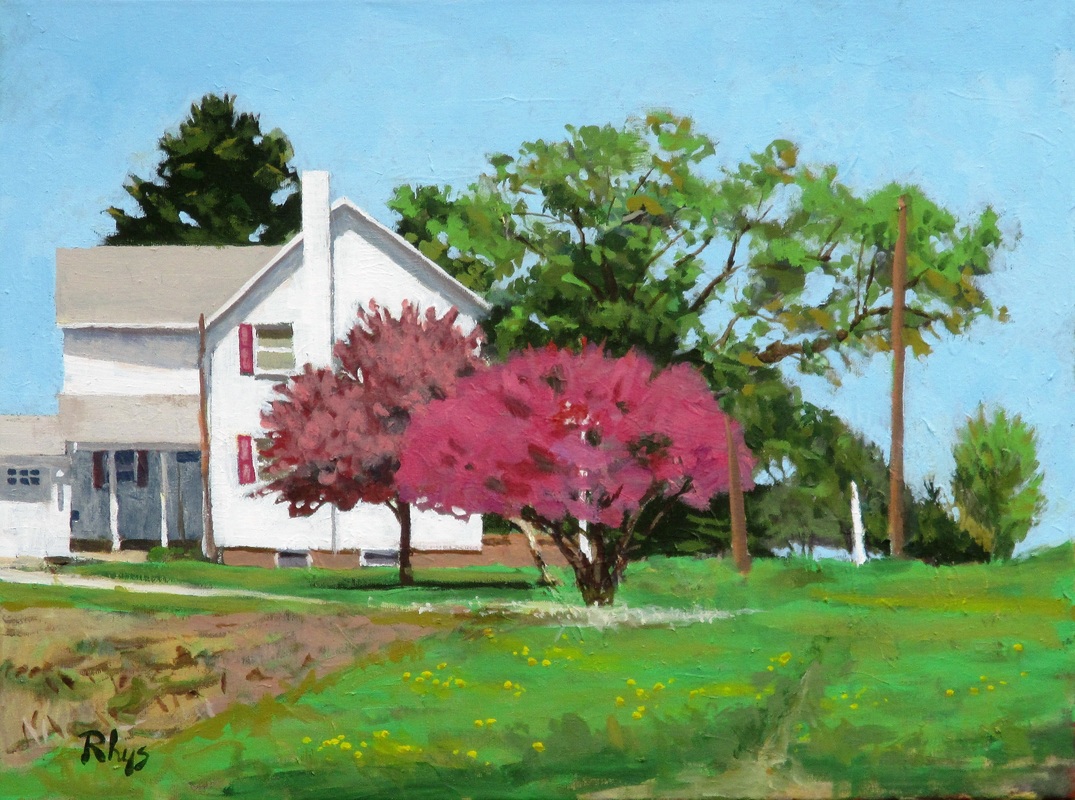
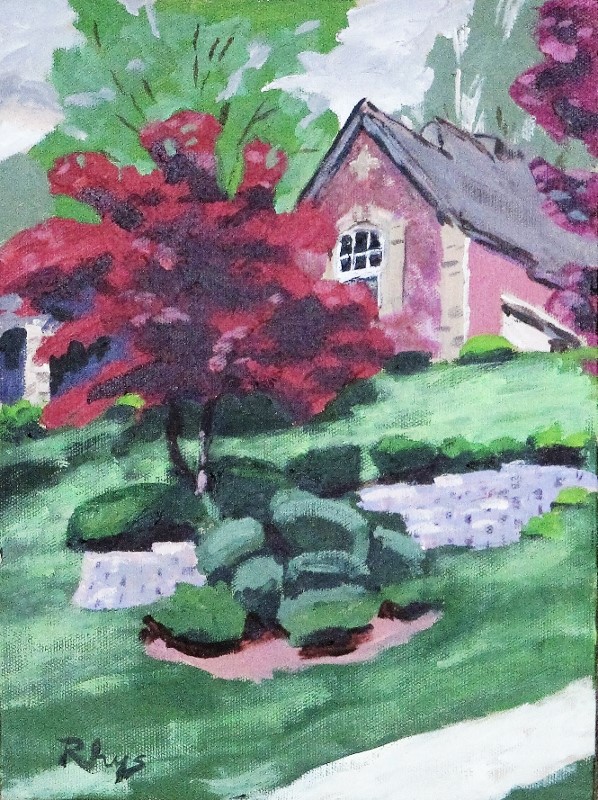
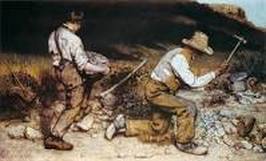
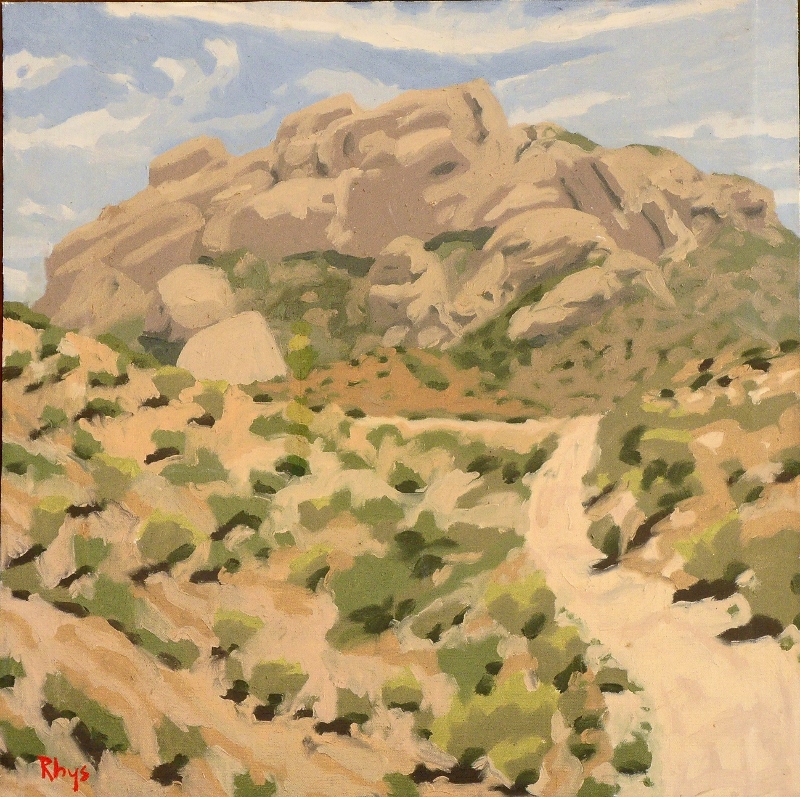
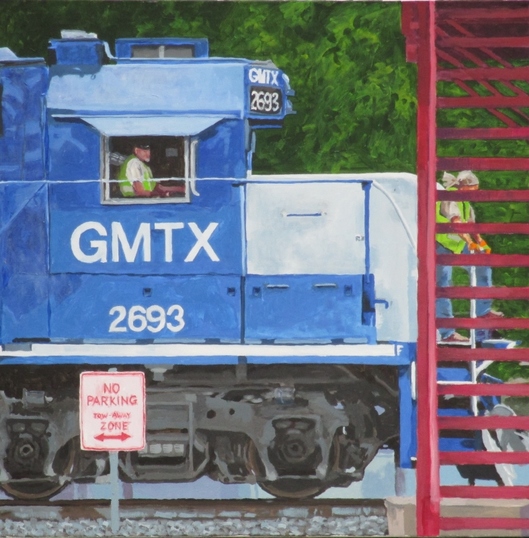
 RSS Feed
RSS Feed